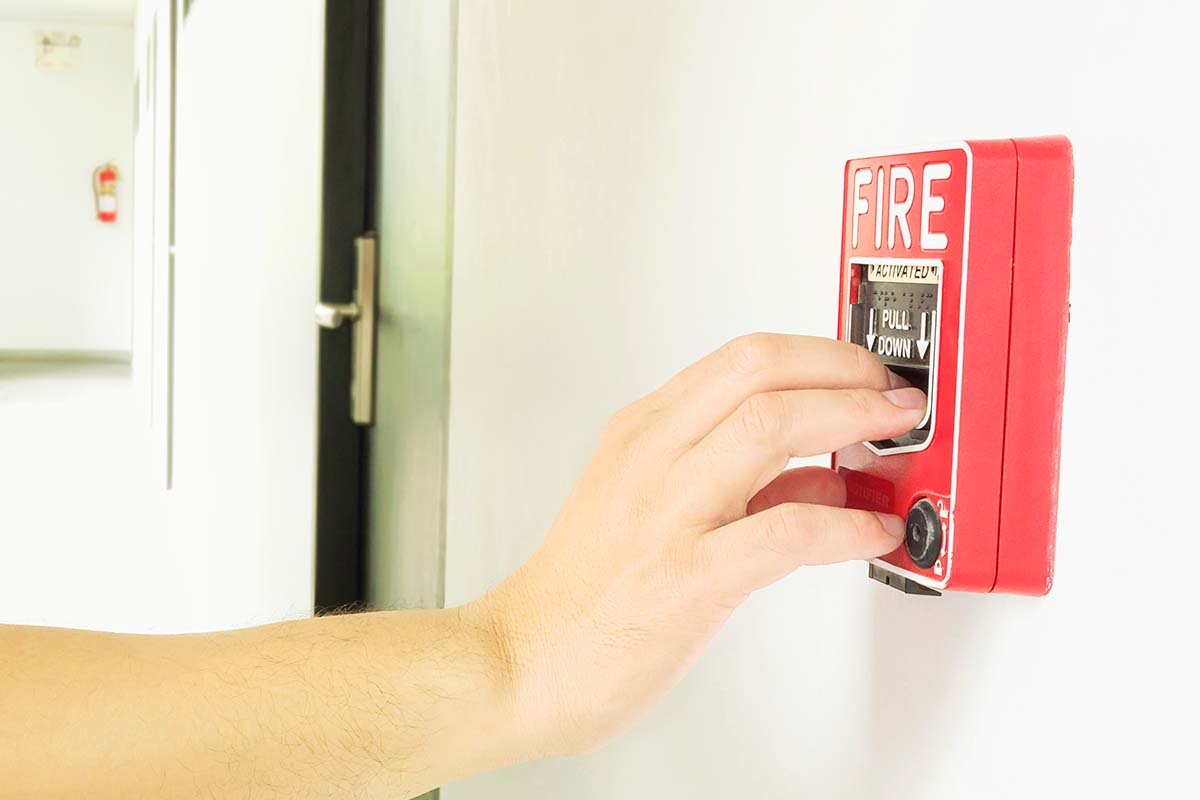Stop Work Authority Toolbox Talk

Every day we come to work, we could be faced with potential hazards. It’s our responsibility as employees and contract workers to stop work when we see something that could lead to an unwanted event. That’s what Stop Work Authority (SWA) is all about. This Stop Work Authority toolbox talk explains more.
When there is something that doesn’t look right, or when you’re feeling unsafe, it’s important to stop work and report the issue. Only when we work together can we protect each other and prevent accidents from happening.
So remember, if you see something that doesn’t seem right, stop work and report it.
- SWA is intended to combat the ‘bystander effect’ and encourage colleagues to speak out if they see unsafe practices.
- It was coined by psychologists Darley and Latané, who were inspired to study it after a New York woman was stabbed to death outside her apartment while people in her building observed but did nothing. Darley and Latané found that when there are others around observing an incident, people respond more slowly to emergencies. They feel less personally responsible.

See it, own it, STOP IT
Why Is Stop Work Authority important?
Stop Work Authority is important because it gives employees and contract workers the power to stop work if they feel that an unsafe condition or behavior may result in an unwanted event. This helps us prevent accidents and injuries from happening and ensure that everyone is safe while they are working.
SWA empowers employees to speak up when they see danger, creating a culture of safety. It shows them that the business would rather shut down operations and lose money and productivity than risk someone being injured or killed as they work.
OSHA regulations for Stop Work Authority
Standard 1926.1418, titled Authority to stop operation, relates to cranes and derricks in construction. It says:
“Whenever there is a concern as to safety, the operator must have the authority to stop and refuse to handle loads until a qualified person has determined that safety has been assured.”
This is an example of Stop Work Authority. There are no specific requirements for a company to have an SWA program in place. But employers are obligated to create a workspace that is safe, and workers are protected if they take action because they believe a workplace to be unsafe.
Stop Work Authority Hazards
The following are hazards that may require stopping work before they cause injury.
- Change in weather conditions on site
- Emergency situation
- Improper use of equipment
- Someone carrying out a task without the proper training
- Near-miss incident
- Alarm sounding
- Unguarded equipment
- Gas or chemical leak
In these situations and others like them, employees should feel able to stop work, report the hazard and be confident that management will deal with it.

Stop Work Authority Toolbox Talk
It is important to be able to stop work if there are any hazards or other issues that prevent you from performing your work tasks safely. While many companies emphasize the importance of stopping work without punishment, many employees don’t feel safe doing so for many reasons:
- Fear of being punished by supervisors
- You want to avoid conflicts with others
- You don’t want to be seen as scared or a “snitch”
- You don’t want to slow down your work
It can be difficult to stop work for safety reasons. However, it should be communicated that this is acceptable and encouraged. The top management of a company must stress the importance of being able to suspend work.
You can report a hazard to another supervisor or manager if you feel uncomfortable. If you feel you are being punished, you should be able to go to someone who can fix the problem and not reveal who originally reported it. You, as an employee, have the right to report safety concerns to OSHA. This can be done confidentially.
Reasons To Stop Work
- Protect yourself and your coworkers
- Protect against loss or damage of property or equipment
- To safeguard the company’s reputation and bottom line
Situations In Which Stopping Work Is Necessary
- Unaddressed hazards
- If you don’t have access to the correct tools or equipment
- A misaligned tool that can cause an accident
- If you don’t understand the task or procedure and need to get clarification on the job at hand
- If you don’t possess the correct knowledge or training to safely complete a task
Example: A company policy may state that an aerial lift worker needs a spotter. If the spotter leaves the area, you must stop working until the spotter comes back.
These are just some reasons why stopping work is necessary. To be able complete the task safely and efficiently, individuals must feel at ease with the idea of stopping work.
Most times, the solutions that make a job safer and more efficient are simple. You have the ability to make a difference and even stop work when necessary. Even though these situations are uncomfortable, it’s much more painful for all involved if an incident happens.
Injuries You Can Prevent With Stop Work Authority
You can prevent all types of injuries by using Stop Work Authority. These include:
- cuts and lacerations from sharp objects
- falls from height
- burns from hot surfaces or chemicals
- slips and trips
Questions To Employees
- Would you feel comfortable stopping work on this site? If so/not, why?
- Have you witnessed an incident that could have been prevented by stopping work? Tell us about it.
Promote Stop Work Authority with this email template
Hello,
Stop Work Authority is designed to provide employees with the responsibility and obligation to stop work when a perceived unsafe condition or behavior may result in an unwanted event.
I want to remind you that you have every right to stop work if you feel it is unsafe or that continuing could cause an incident.
Safety is our top priority.
Thanks
[NAME]
Video On Stop Work Authority
Stop Work Authority Meme
Conclusion
Employees and contract workers should be aware of the conditions that warrant a stop work order and how to report any unsafe behaviors or conditions. Management should ensure that employees are properly trained in how to use the SWA program and that they understand the consequences of not complying with a stop work order. We hope this Stop Work Authority toolbox talk will help instill confidence in your team.


